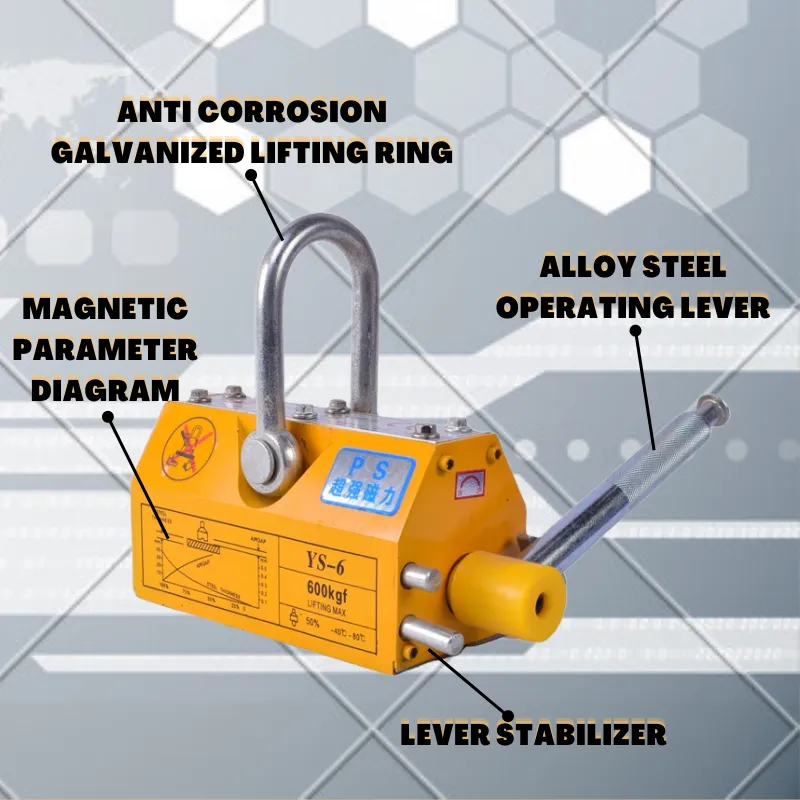Advanced Industrial Gantry Systems for Enhanced Automation and Precision in Manufacturing Processes
The Industrial Gantry A Key Component of Modern Manufacturing
In the realm of modern manufacturing and logistics, the industrial gantry has emerged as a crucial component, transforming how heavy materials are handled and processed. This engineering marvel represents a synthesis of technology, efficiency, and mobility, enhancing productivity across various sectors including construction, automotive, aerospace, and shipping.
What is an Industrial Gantry?
An industrial gantry typically consists of a framework that spans a designated area, often equipped with a hoisting mechanism for lifting heavy loads. Its design can include one or more overhead beams supported by vertical legs, allowing for horizontal movement across the facility. The flexibility in design enables gantries to be custom-built to suit specific operational needs, accommodating a range of heights, widths, and weight capacities.
Applications in Various Industries
One of the most notable applications of industrial gantries is in the construction sector. Large-scale projects often require the handling of hefty components like steel beams, concrete slabs, and prefabricated structures. Gantries facilitate the safe and efficient transportation of these materials from one site to another, minimizing physical labor and reducing the risk of accidents.
In the automotive industry, gantry systems are employed to streamline assembly lines. With the rise of automation and robotics, gantries can be utilized to transport parts and components between different stages of production seamlessly. This integration not only speeds up the manufacturing process but also enhances precision, aiding in the quest for quality control.
The aerospace industry also benefits significantly from gantry systems. Given the scale and weight of aerospace components, specialized gantries are often designed with advanced features to handle delicate parts. They can reach high altitudes and maneuver in confined spaces, ensuring that aircraft assembly is both safe and efficient.
In the shipping and logistics sectors, gantries play a pivotal role in container handling at ports and warehouses. They are essential in loading and unloading shipping containers from vessels and trucks, thereby streamlining supply chain processes. With the advent of smart technology, modern gantry systems are often equipped with sensors and automated controls, providing real-time data and enhancing operational efficiency.
industrial gantry

Advantages of Industrial Gantries
The primary advantage of using an industrial gantry lies in its ability to lift and transport heavy loads with minimal risk. This function reduces the need for manual lifting, which can be hazardous and lead to workplace injuries. Additionally, gantries can improve operational efficiency by minimizing downtime associated with moving materials and components.
Another critical benefit is the adaptability of gantry systems. They can be designed to fit specific operational layouts, enabling seamless integration into existing workflows. Moreover, the modular nature of many gantry systems allows for easy upgrades and scalability, accommodating the evolving needs of a business.
Future Trends
As industries continue to evolve, so too do the technologies that support them. The future of industrial gantries is likely to be shaped by advancements in automation, artificial intelligence (AI), and robotics. The incorporation of smart technologies will enable real-time monitoring and predictive maintenance, reducing operational costs and downtime.
Furthermore, the trend towards sustainable manufacturing practices is influencing gantry design. The industry is moving towards materials and technologies that are environmentally friendly, aligning with global efforts to reduce carbon footprints and enhance sustainability.
Conclusion
The industrial gantry stands as a testament to how innovative engineering solutions can optimize manufacturing and logistics. Its versatility, efficiency, and safety features make it an invaluable asset across various sectors. As technology continues to advance, the role of industrial gantries is poised to expand, further enhancing productivity in an ever-evolving industrial landscape. Embracing these advancements will not only streamline operations but also drive businesses towards a more sustainable and efficient future.
-
Unlock Seamless Relocation with Our Heavy Equipment Moving ExpertiseNewsJun.06,2025
-
Unleash Unrivaled Flexibility with Our Adjustable Gantry CraneNewsJun.06,2025
-
Unleash Heavy-Duty Efficiency with Our Industrial Gantry Crane SolutionsNewsJun.06,2025
-
Revolutionize Steel Handling with Our Magnetic Lifter RangeNewsJun.06,2025
-
Master Equipment Mobility with Premium Machinery Mover SolutionsNewsJun.06,2025
-
Elevate Your Material Handling with Magnetic Lifter TechnologyNewsJun.06,2025
-
YS Permanent Lifting Magnets: The Smarter Way to Handle SteelNewsMay.22,2025
